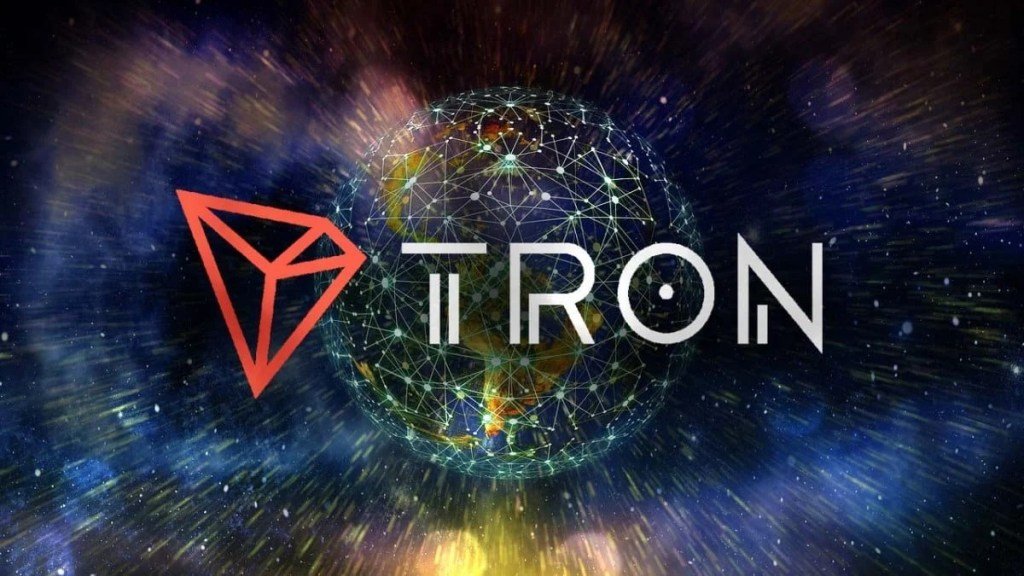Shortly after launching USDD, an algorithmic stablecoin that uses a mechanism similar to Terra’s (LUNA) crashed UST, TRON has become the third largest blockchain by total value locked in DeFi protocols. According to experts, this may be a cause for concern.
TRON becomes the third DeFi after the collapse of Terra (LUNA)
TRON’s DeFi ecosystem is leveraging its new high-yield stablecoin. Despite the relatively shaky market conditions permeating the DeFi industry following Terra’s (LUNA) collapse earlier this month, TRON’s decentralized apps ecosystem is thriving, at least in terms of overall value locked in.
According to data from Defi Llama, TRON’s DeFi ecosystem grew by about 26% last month, from around $4 billion today to $5.38 billion. It surpasses other popular Tier-1 networks such as Avalanche and Solana to become the third largest blockchain in terms of total locked value, behind only Ethereum and BNB Blockchain.

For comparison, the overall DeFi industry lost nearly $90 billion in liquidity in the last month alone, with most of the leading blockchains between 30% and 70% of their locked value in the aftermath of Terra’s collapse. witnessed his decline. The rapid growth of the recently launched stablecoin USDD, which promises investors a ‘risk-free’ 30% interest rate, is cited as the most likely reason for the growth of TRON’s ecosystem.
White paper of TRON’s stablecoin USDD
It was designed as a “cryptocurrency issued at a stable price by This mechanism allegedly allows the asset to ‘self-stabilize against any price fluctuations’, just as Terra’s LUNA token and Bitcoin reserves are supposed to stabilize the UST before they explode.
The whitepaper shows striking similarity between USDD and Terra’s UST. When USDD trades below $1, arbitrageurs can burn it for $1 TRON’s native cryptocurrency TRX. Conversely, when USDD is trading above $1, arbitrageurs can exchange $1 worth of TRX for one USDD, printing more USDD and increasing its supply in the process. Theoretically, this mechanism helps ensure that its price returns to the desired $1 stable.
Similar to Terraform Labs’ $10 billion Bitcoin raising plan to protect the UST’s stabilizer amid extraordinary market volatility, the TRON Foundation created the TRON DAO Reserve with the same goal: $10 billion in capital to protect USDD’s stabilizer. to collect.
💸The @usddnetwork will provide custody service for the $10B worth of highly liquid assets raised from blockchain industry initiators and use them as an early-stage reserve.
⚖️The @trondaoreserve will set its basic risk-free interest rate to 30% per annum.#USDD #TRONDAOReserve pic.twitter.com/HrYeGmwWp0
— H.E. Justin Sun🌞🇬🇩🇩🇲🔥 (@justinsuntron) April 21, 2022
USDD, Terra’s (LUNA) UST’ Will he share the same fate with her?
The network’s controversial founder, Justin Sun, has promised a 30% ‘risk-free’ interest rate in USDD to encourage users to mint and stake the stablecoin on various DeFi apps on TRON. While it remains unclear where this yield comes from, TRON’s recent increase in the DeFi ecosystem shows that the incentive mechanism is working. USDD has grown exponentially since its launch on May 2, reaching a market cap of around $545 million. Most of the USDD supply was locked in various DeFi protocols on the TRON network, and most of them found their way into the various DeFi protocols on the Tron network. While the launch of

USDD has helped TRON over the past few weeks, TRON DAO Reserve, the official ‘guardian’ of USDD, has none of the risks associated with its new algorithmic stablecoin. It’s worth noting that it doesn’t highlight it anywhere in its official documents or public communications. After all, USDD is very similar to Terra’s UST, which ended in a $40 billion death spiral event.
As you can follow in the news of Cryptokoin.com , in the collapse of Terra, when the UST started to lose its stable value against the dollar, it exceeded the market value of LUNA and signaled that the death spiral is moving. If USDD continues to grow at this pace, it could soon surpass TRX’s market cap of $7.74 billion. According to experts, as TRX needs to support USDD, this could mean that the stablecoin will suffer the same fate as UST, potentially causing another industry-wide extinction.







